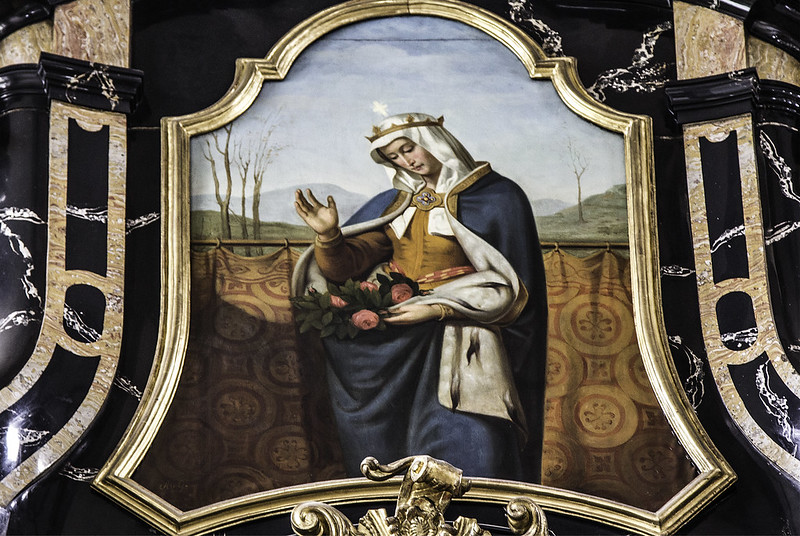St. Bosco Resurrection
St. John Bosco, also known as Don Bosco (1815-1888), founder of the Salesians, is credited with restoring at least two boys to life. In addition to his prophetic dreams, so many miraculous occurrences happened to and around Don Bosco that Pope Pius XI said of his life: “The supernatural almost became natural, and the extraordinary ordinary.” When one becomes aware of the many wonder performed by saintly souls of recent times-such as St. John Bosco, St. John Vianney (the Cure of Ars), and Padre Pio (who died in 1968), one finds it easy to accept the miracle accounts from earlier ages also.
In 1849, a 15 year old boy named Charles, who attended the Oratory of Don Bosco, was dying. He called for Don Bosco, but the priest was away. So the parents called another priest who heard the boy’s confession. But still the boy called for Don Bosco before he died.
When the saint returned to Turin and became aware of the death he hurried to the boy’s home, asking, “How is he?” The servant questioned responded clearly: He is dead 10 or 11 hours!” (One report said 24; perhaps what was meant was the length of a day.) But don Bosco said that the boy was “just asleep,” the same words Our Lord had used for Lazarus and the daughter of Jairus.. The servant replied that everyone in the house knew the boy was dead and that the doctor had already signed the death certificate.
The servant led Don Bosco to the living room and to the sad parents. The mother informed him how Charles had kept calling for him before he died. In the sick room chamber Don Bosco sent everyone away except the mother and an aunt. The body lay there enshrouded, sewn into a sheet, a white veil over the head, ready for burial. Don Bosco closed the door, prayed for a moment, and cried out: “Charles! Rise!”
The body of the boy within the sheet began to move. The tearful mother and aunt watched in awe. The priest tore away the sheet from the body and removed the white veil covering the face. Charles sighed, stirred, and opened his eyes. He stared at his mother and asked her why he was dressed in the now-torn shroud. Then he noticed Don Bosco and greeted him happily and thankfully.
The boy told the priest how he had needed him, that out of fear he had not told all in his last confession ad that he should now be in Hell. Charles told Don Bosco how he ad dreamed he was surrounded by a mob of demons who were about to throw him into the flames of a huge furnace when a beautiful Lady had intervened. She told him, “There is still hope for you, Charles! You have not yet been judge.”
At that moment he had heard Don Bosco ordering him to rise. The mother and aunt left the room as the boy asked to confess. Then, after his confession, Charles cried aloud for all to hear: “Don Bosco has saved me!” All the mourners rushed into the room to see and hear the story. Few notice that, despite the boy’s liveliness, his body remained deathly cold.
It was a moment when a weighty decision had to be made. The saint remarked on the goodness of God in showing the value of a good confession. But he also asked Charles whether, now that he was ready for Heaven he would rather go there or remain on earth.
The boy, in the presence of his mother and loved ones, turned his glance away. Tears moistened his eyes. All was quiet expectancy. One can imagine the emotions of all.
“Don Bosco, I’d rather go to Heaven.” (At times the wisdom of the saints will rub off onto an ordinary mortal!) Then Charles leaned back, closed his eyes, and once again was quiet in death.
Don Bosco himself told of this event several times during his life. He usually spoke of the priest involved in the third person, using the word “he.” But in 1882, not noticing it, he told the story using the first person, “I.”
-from “Raised from the Dead” by Father Albert J. Hebert, S.M.


